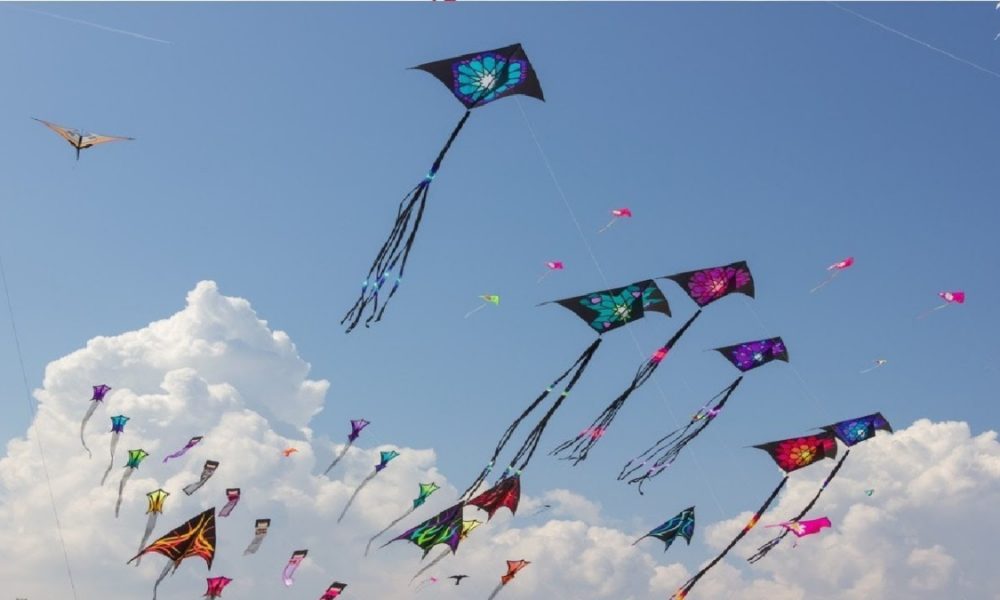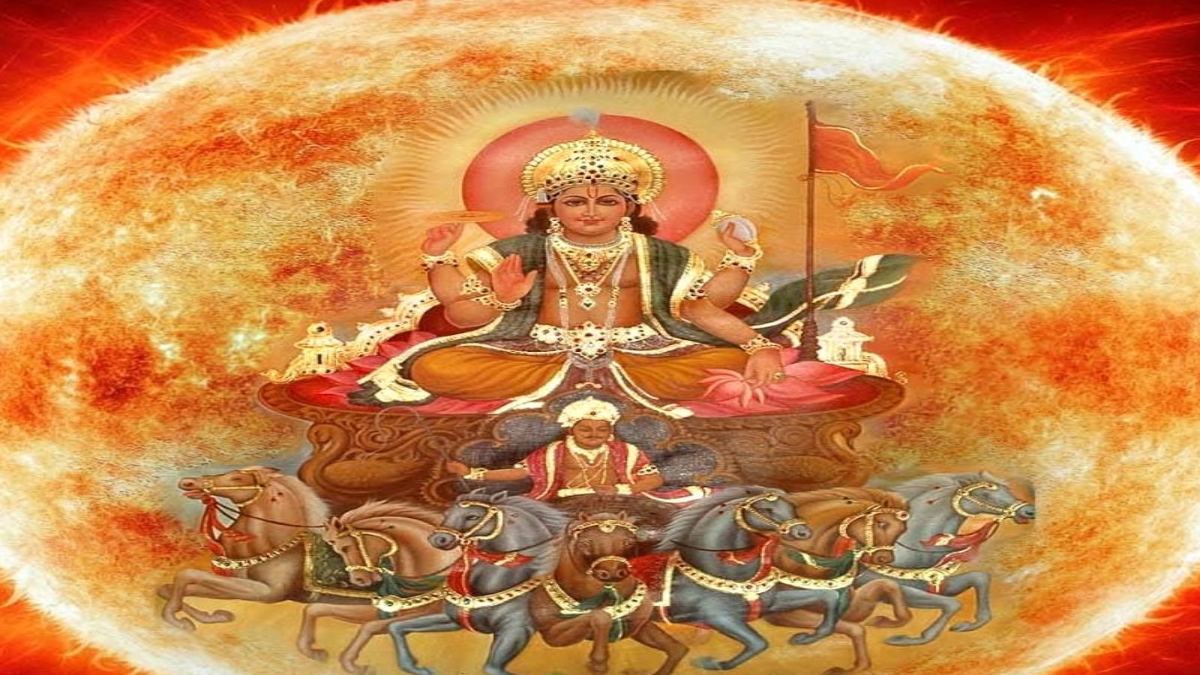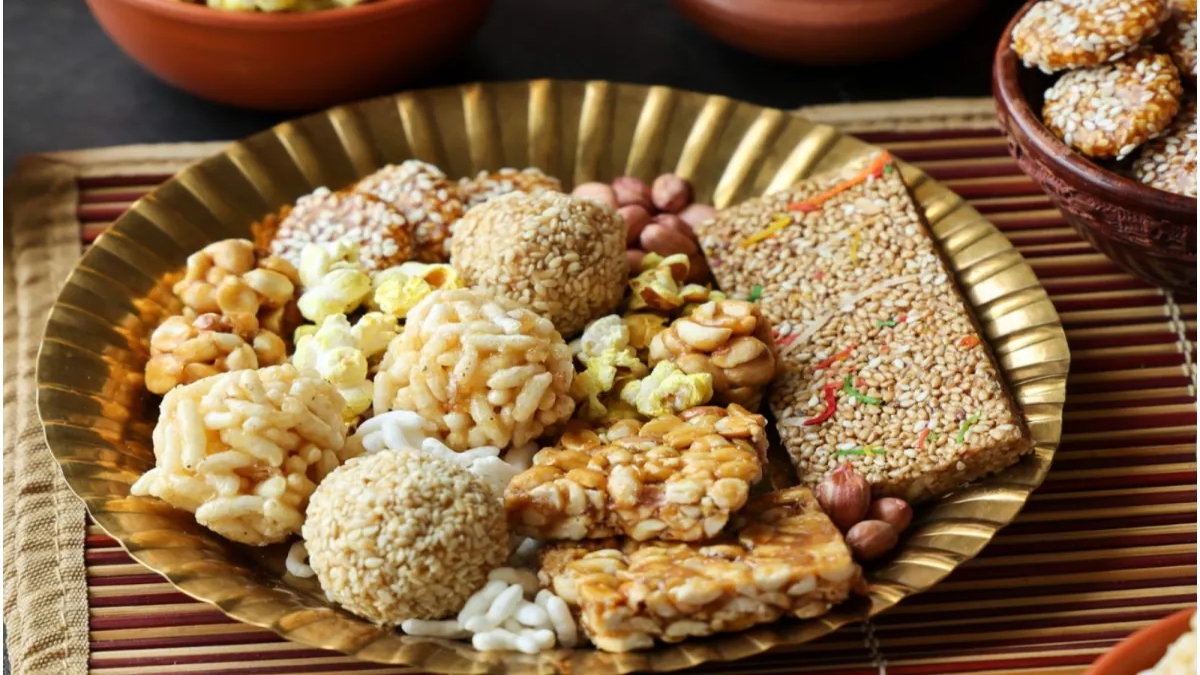
New Delhi: Every day in India i.e. Bharat, there is some sort of celebration or festival, whether little or large. In keeping with this tradition, the entire country is commemorating Makar Sankranti today. It is significant not only for dharmic (religious) reasons but also for environmental reasons. Indians understand the significance of this. Nature and environmental concerns are well known today.
It is the need of the hour for we Indians to work with all the scholars, thinkers, and leaders of the world to enrich our knowledge and understanding of Sanatani Hindu philosophy, vision, lifestyle, behaviour style, and traditions. There is a need for in-depth study as well as contemplation and analysis regarding customs, festivals, and their relationship with human life.

Makar Sankranti is the festival of worship of Bhagwan Surya Narayan. This article attempts to convey a special message on the auspicious occasion of this auspicious festival. Bhojaprabandha, an excellent and rare book of Sanskrit folklore thought to be the work of Ballal Sen, contains a verse or prose about Bhagwan Surya:
Rathasyaik Chakra Bhujagayamita: Sapta Turga
Niralambo Margashcharanvikal: Sarathirpi.
Raviryatyevantam Pratidam Parasya Namas:
Kriyasiddhi: sattve bhavati mahatan nopkarne.
“रथस्यैकं चक्र भुजगयमिताः सप्त तुरगा
निरालम्बो मार्गश्चरणविकलः सारथिरपि ।
रविर्यात्येवान्तं प्रतिदिनमपारस्य नमसः
क्रियासिद्धिः सत्त्वे भवति महतां नोपकरणे॥“
This means that “The chariot of the Sun has only one wheel (Chakka), there are seven horses (odd number) and those horses are not tied with ordinary ropes but with ropes as snakes, the charioteer of the chariot is crippled (legless), And there is no fixed path, that means there is no basis for the path, one has to walk in infinite space. Despite these disparities, the Sun moves every day until it reaches the far end of the sky. This suggests that the noble people’s actions are done through their efforts rather than via the means or facilities/resources. Without the Sun, life on Earth is impossible.
According to the depiction in this Bhojprabandh verse, Bhagwan Surya Narayan (The Sun) has nothing in the name of facilities or resources. Now the question is, can a human go on a chariot with just one wheel, a crippled charioteer, an unbalanced number of horses, gigantic snakes instead of ropes controlling those horses, and no paved road but eternal sky?
This question, I believe, will be answered emphatically in the negative. But it is also true that the sun rises and sets at precisely certain times every day. Throughout the year, the Sun plays this magnificent game of Uttarayan and Dakshinayan with this chariot and handicapped charioteer. This Makar Sankranti celebration of the Sun is also included in this haphazard arrangement. In fact, this shloka has enormous significance and a lesson for human life in that there is no need to cry about lack of means for success; instead, people must exhibit their ability to accomplish the action. Resources and means come second to efforts.
Brief introduction and importance of Makar Sankranti
Makar Sankranti (Lohri) is a Vedic festival held to worship Bhagwan Surya Narayan, the Sun, the only source of life on Earth. On this day, the earth’s northern hemisphere faces the sun. This festival of Capricorn transition, or Sankranti, is celebrated in the month of Pausha when the Sun departs Sagittarius and enters Capricorn.

This festival is deeply connected to three key aspects of nature: season change, agriculture, and food, which are considered the foundation of human life. The description of the six months of Uttarayan may be found in the Brahmins and Upanishads, which were written long before Christ was born. Every year, the 6-month time difference between Makar Sankranti (January 14) and Kark Sankranti (July 14) is known as Uttarayan, while the time difference between July 14 and January 14 is known as Dakshinayan.
This festival is acknowledged and celebrated under many names in various Indian states. While outside India it is celebrated as Poush Sankranti in Bangladesh, Thiyan in Myanmar, Maghe Sankranti or ‘Maghi Sankranti’ ‘Khichdi Sankranti’ in Nepal, Pi Ma Lao in Laos, Moha Sangkran in Cambodia and Pongal, Uzhavar Tirunal in Sri Lanka.
According to the Hindu scriptures, Dakshinayan is the night of the gods, or the sign of negativity, while Uttarayan is the day of the gods or the emblem of positivity. On Makar Sankranti, the Sun shifts its position, causing changes on Earth. This change means a positive change in nature. Celebrating such positive changes as a festival has been the eternal culture of India. This is how we maintain our bond with nature. On this day, various varieties of food are served in various Indian states.
On the previous evening of Makar Sankranti, sesame, jaggery, rewdi, and other grains are sacrificed by igniting a fire, and sweets (specially Ladoos of sesame and jaggery) are distributed. This event of igniting a fire is known as Lohri Gittha in North India. On this festival day, there is also a tradition of flying kites. Kite flying events are also held in a variety of locations in the country. There is a specific tradition of eating urad daal khichdi. Khichdi is regarded as a symbol of social harmony. The significance of nature is evident in the food traditions linked with this celebration. Sesame has special importance in Makar Sankranti. It also contains calcium, iron, oxalic acid, amino acid, protein, and vitamins B, C, and E in abundance. As a result, sesame is employed in the treatment of various diseases, and it also offers health benefits during certain seasons. Its medicinal properties and natural health value are enhanced by the addition of jaggery.




